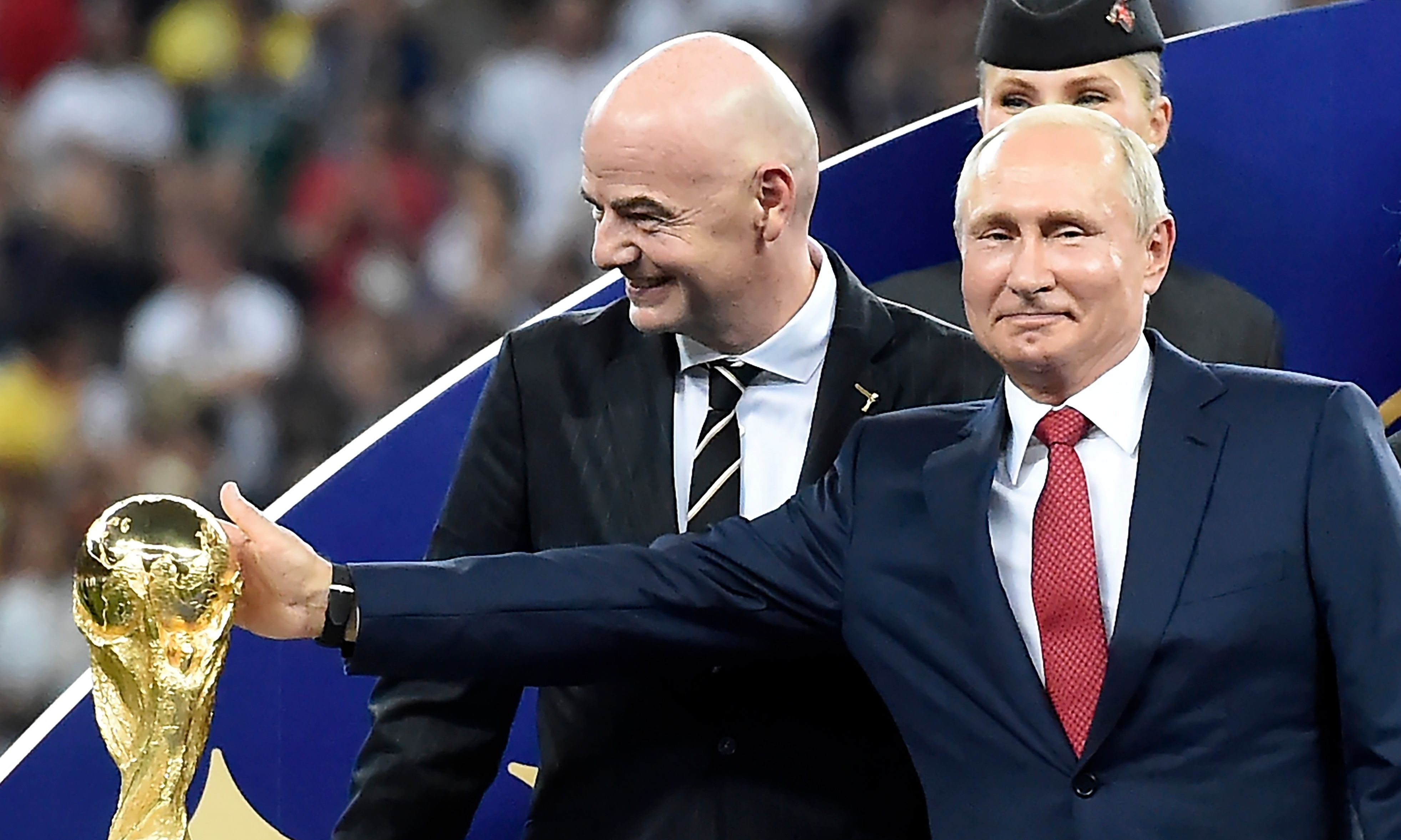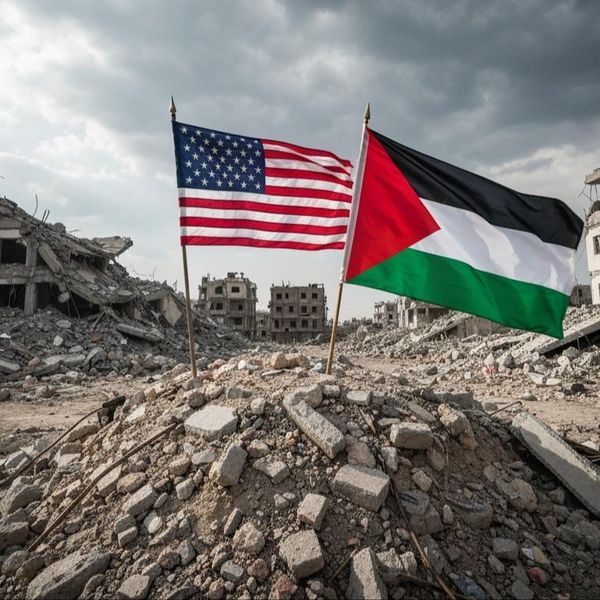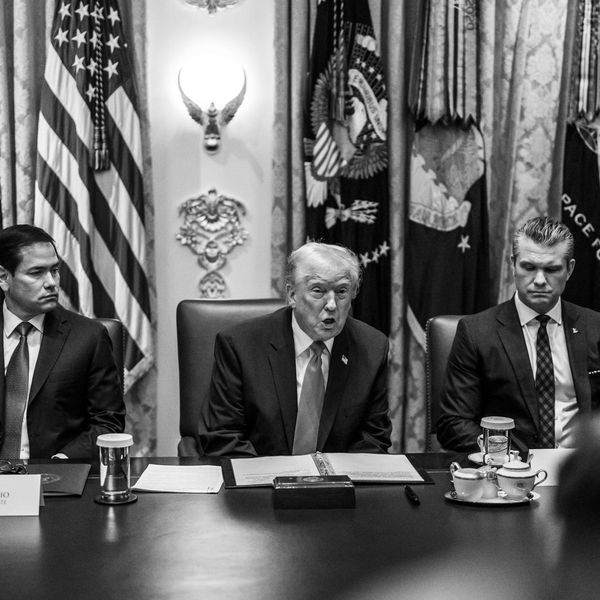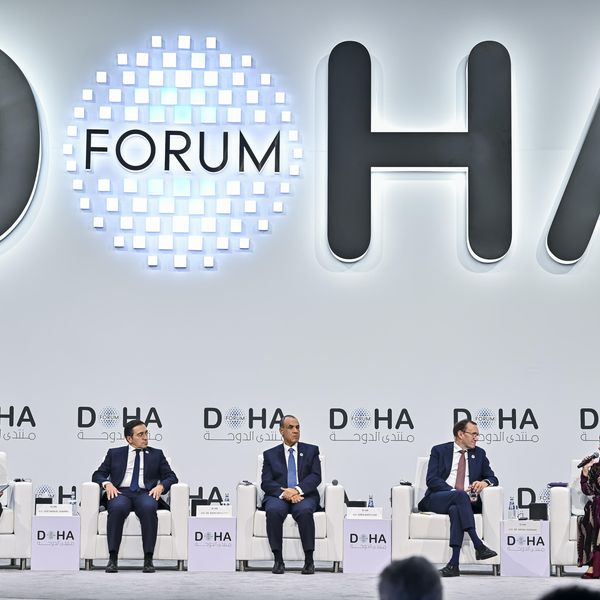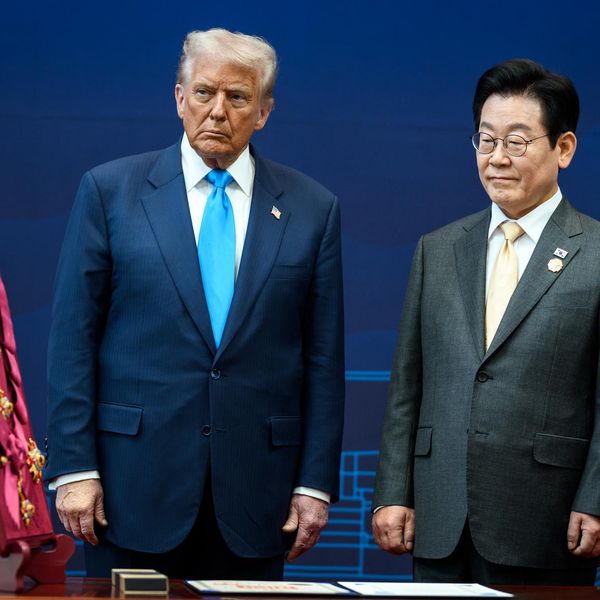After a furious week of diplomacy in Alaska and Washington D.C., U.S. President Donald Trump signaled on Friday that he would be pausing his intensive push to end war in Ukraine. His frustration was obvious. “I’m not happy about anything about that war. Nothing. Not happy at all,” he told reporters in the Oval Office.
To be sure, Trump’s high-profile engagements fell short of his own promises. But almost two weeks after Trump met Russian President Vladimir Putin in Alaska and European leaders in Washington, it is clear that there were real winners and losers from Trump’s back-to-back summits, and while neither meeting resolved the conflict, they offered important insights into where things may be headed in the months ahead.
Putin clearly fared best of all. He got a face-to-face meeting with his American counterpart on U.S. soil, avoided the economic penalties that Trump had threatened, and continued his war without making notable concessions. Putin had long wanted a bilateral with Trump, not only for the legitimacy such a meeting would give Russia’s great power aspirations, but also because keeping Trump engaged in negotiations is essential to Putin’s war aims. Only with U.S. involvement can Putin hope to address the “root causes” of the war in Ukraine, including NATO’s eastward expansion.
The substance of the meeting offered Putin additional wins. He convinced Trump to give up on the European demand for an unconditional ceasefire, and to accept in principle Russia’s territorial demands, though Trump acknowledged only Ukraine could agree to Putin’s terms.
Putin did not achieve all his goals, however. He arrived ready to bargain, but did not walk away with any of the U.S.-Russia deals that he seemed to hope for, on natural resources, arctic cooperation, or arms control, though these issues may have been discussed. Still, back in Moscow, Putin must have felt pleased, especially as he watched Europe’s sprint to Washington days later.
Trump didn’t leave empty handed either, though he did not get what he really wanted — an end to the war. For starters, Trump clearly welcomed the opportunity to play peacemaker, and relished the pageantry of his made-for-television Alaska summit, complete with a red carpet and stealth bomber flyover. Last Monday’s meeting at the White House gave Trump’s ego an additional boost, as Europe’s politicians fell over themselves praising his leadership.
But Trump’s biggest gains from Alaska had little to do with his efforts to end the war in Ukraine. First and most important was Putin’s validation of Trump’s longtime grievances against the Biden administration, including his claim that the war in Ukraine never would have started under a Trump presidency. Second, having backed himself into a corner with his 10-day ultimatum, the summit gave Trump an escape route and a way to defer economic punishments that he knew would not affect Putin’s calculus and did not want to impose in the first place.
That his subsequent meeting with Europe yielded fewer tangible outcomes could also be framed as a win. Europeans arrived determined to extract clear statements from the United States on security guarantees for Ukraine. Trump denied this aim by offering only the most vague and limited of U.S. commitments and muddying the waters further in subsequent interviews.
n doing so, he threw the ball back in Europe’s court, making clear that they would be providing the bulk of any security guarantee to Ukraine, no matter how they wanted to spin it.
Still, Trump’s position is not enviable. If his summit diplomacy revealed one thing it is how little leverage he actually has to end the war. He has few sticks he can wield to force Putin to the bargaining table, a fact he himself admitted weeks ago, and seems unwilling to coerce Zelensky into concessions, perhaps fearing the domestic political costs of being seen as the leader who “lost” Ukraine.
Even with these setbacks, however, Trump came out far better than Europe. After their meeting in Washington, European leaders were upbeat. They had prevented Trump from strong-arming Zelensky and saw Trump’s apparent openness to U.S. involvement in security guarantees as a victory, even if that commitment was flimsy at best.
Their reality, however, was less rosy than their post-meeting soundbites. They were unable to change Trump’s mind on the wisdom of land swaps and unable to win him back to their view that an immediate ceasefire was necessary. They failed to get “iron-clad” U.S. support for Ukraine or even specific U.S. contributions to a European reassurance force, though some proposals have now been offered.
Worse, in a repeat of the March 2025 “coalition of the willing” drama, it is still unclear whether Europe can find the manpower or willpower to resource a long-term force based inside Ukraine that they themselves have proposed. In any case, the Europeans are fooling themselves if they think Trump, who has been unwilling to impose economic penalties on Moscow, would really put U.S. forces at risk in Ukraine if it came down to it.
Most damaging for Europe were the optics. Racing across the Atlantic to meet with Trump, European leaders looked desperate and panicked. They insisted that they deserved a seat at the table, after being left out of Alaska, but their performance in Washington suggested instead just how little they have to offer. After all, they have few weapons to provide Ukraine, limited economic leverage on Moscow, and no plan for ending the war.
Perhaps unsurprisingly, Ukraine came out worst of all. True, it did not have to make major concessions and was not forced into surrender. But the writing seemed to be on the wall. Over the course of four days, Trump made clear that Ukraine would not be in NATO and would have to give up territory. He pressed Zelensky on when he would hold elections and at points returned to blaming Ukraine for starting the war. He offered nothing concrete in the way of military aid or security commitments that would help end the war or keep Ukraine secure over the longer term.
Kyiv’s real problem is that time is not on its side. Its battlefield position is eroding rapidly, largely due to lack of sufficient personnel, while Russia is gaining ground in the Donbas and elsewhere. The longer the war endures, the worse Kyiv’s position becomes. Eventually, Ukraine’s front lines will collapse, and at that point the terms of any settlement will look considerably worse than what’s on offer today.
The high-stakes summits and the scramble afterwards to come up with security guarantees for Ukraine ultimately made things worse for Kyiv. Russia has already indicated that it will reject any settlement that includes provisions for NATO member states to position forces inside Ukraine, especially if U.S. military assets are involved—but this is just the solution that Europeans are offering. Putin is likely to keep fighting if this is the deal on the table, rather than settle, extending the war. For Ukraine, this is the worst possible outcome.
Zelensky left Washington last week with no good options, the two summits having underscored just how dire his position is. The only security guarantees the West might offer are strong enough to keep Putin in the war today but too weak to protect Ukraine or to sell to his domestic population as compensation for concessions elsewhere.
Meanwhile, his most vocal backers, the Europeans, have revealed themselves to be largely incapable of influencing the trajectory of the war. They will continue to advocate for Kyiv, but are likely to be bystanders in meaningful developments to end the conflict.
For his part, Trump really does seem to want peace, but he cares at least as much about how the war and its end affects his political legacy as he does about the details of the conflict or the settlement reached. This is not a good starting place for what will eventually be a challenging negotiation with Russia to end the war. An agreement that leaves the door open to recurring war could easily result if Trump rushes to reach a deal for his own sake.
Giving Russia and Ukraine his famous “two weeks” notice last Friday, Trump found himself in the same position he was a month ago. He issues deadlines, the war continues, and there’s not much he can do about it.
Russia can’t fight forever, but for now, the timeline for peace remains firmly in Putin’s hands.
- For peace in Ukraine, Russia needs 'security guarantees' too ›
- Loose, abstract talk of 'guarantees' could sink Ukraine peace ›
- Report: NATO, US heavily involved in post-war Ukrainian security | Responsible Statecraft ›
- For Putin, bargaining and bombing aren't mutually exclusive | Responsible Statecraft ›
- Finally, Trump takes a sensible turn on Ukraine | Responsible Statecraft ›
- On Russia-Ukraine, the misdiagnosed patient is flatlining | Responsible Statecraft ›

